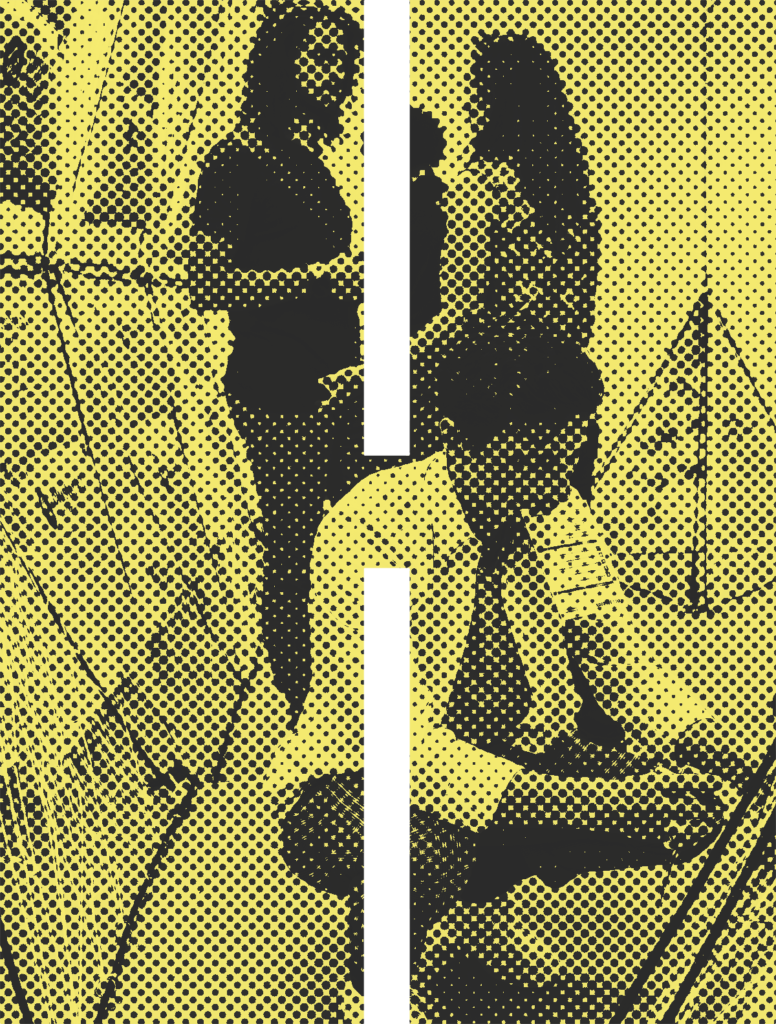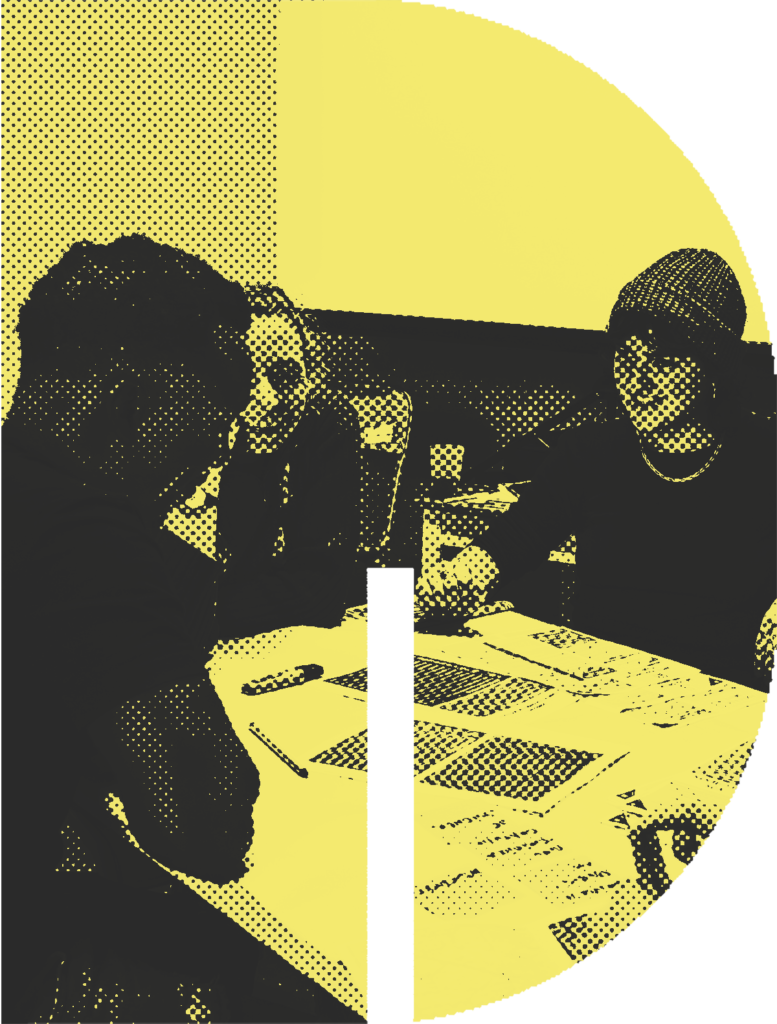WHAT WE DO
OUR MISSION
Humanitarian Designers is an NGO dedicated to building a vital bridge between the design community and the humanitarian sector. We foster collaborations with NGOs to harness the unique skills and creativity of designers for the greater good. Simultaneously, we engage with design schools to inspire future designers about the profound careers awaiting them in the humanitarian field.
Our mission unfolds in three essential phases:
Awareness: In the initial phase, we raise awareness about the immense potential of design in humanitarian work.
Education: We believe in educating both designers and humanitarian organizations on the immense benefits of collaboration.
Impact: Empowered by knowledge, we facilitate and support these collaborations, paving the way for transformative humanitarian projects.
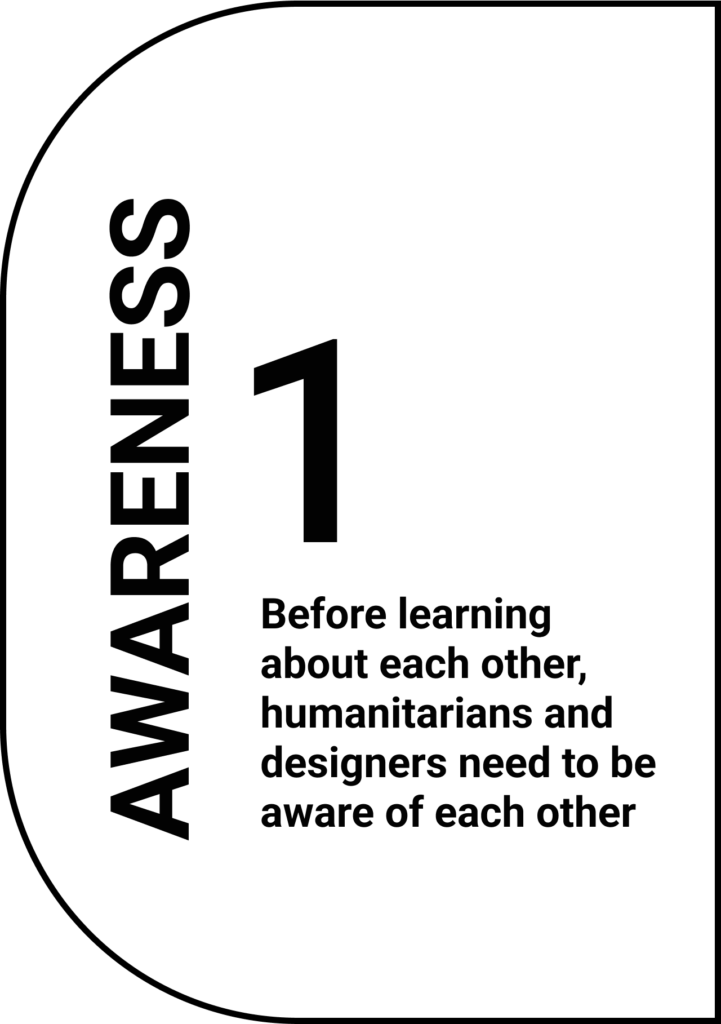
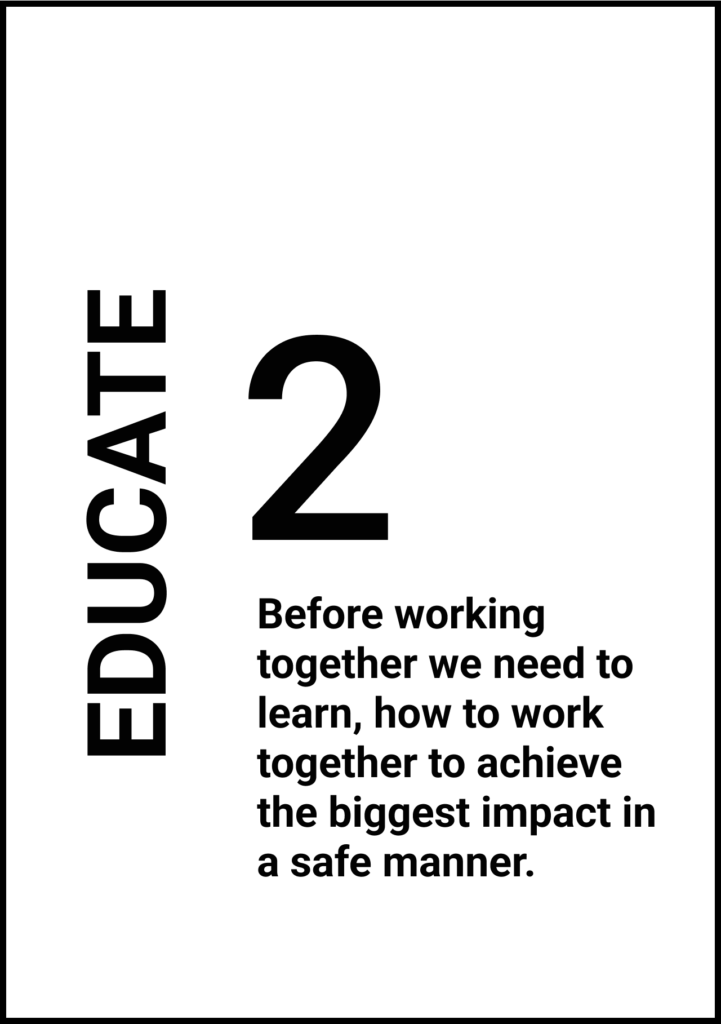
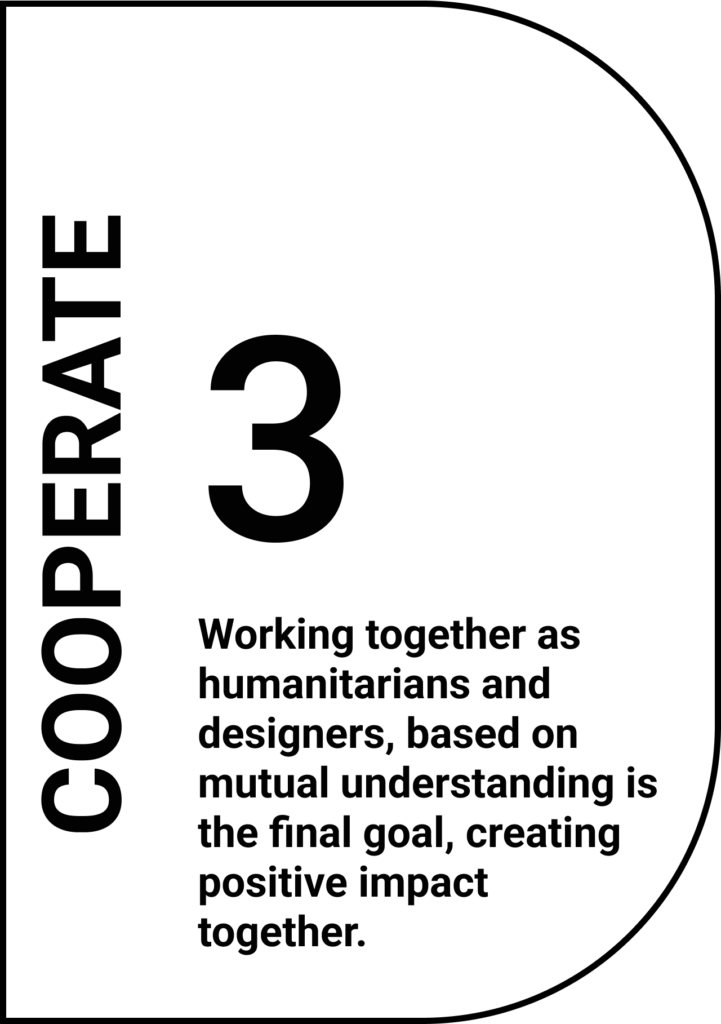
OUR VALUES
1. Catalysts of Positive Change:
We are driven by a strong moral compass, fearlessly challenging the norm to open doors of opportunity for all.
2. Community-Centric Approach:
We actively listen to and prioritize the needs of local communities. We champion financial fairness and transparency in all our actions.
3. Unwavering Commitment to Excellence:
We uphold the highest academic and professional standards, ensuring the quality of our work surpasses expectations.
4. Resource Sharing for Global Good:
Our guiding principles revolve around sharing resources for the betterment of both local and international communities. We provide unwavering personal support, communicate based on solid evidence, and maintain a steadfast commitment to doing no harm.
5. Champions of Inclusivity:
In every aspect of our work, we celebrate and promote diversity, equality, and fairness, driving our endeavours towards a more inclusive and just world.
Together, these values and principles propel us toward positive change, ensuring a better world where communities thrive, voices are heard, and lasting impact is made.
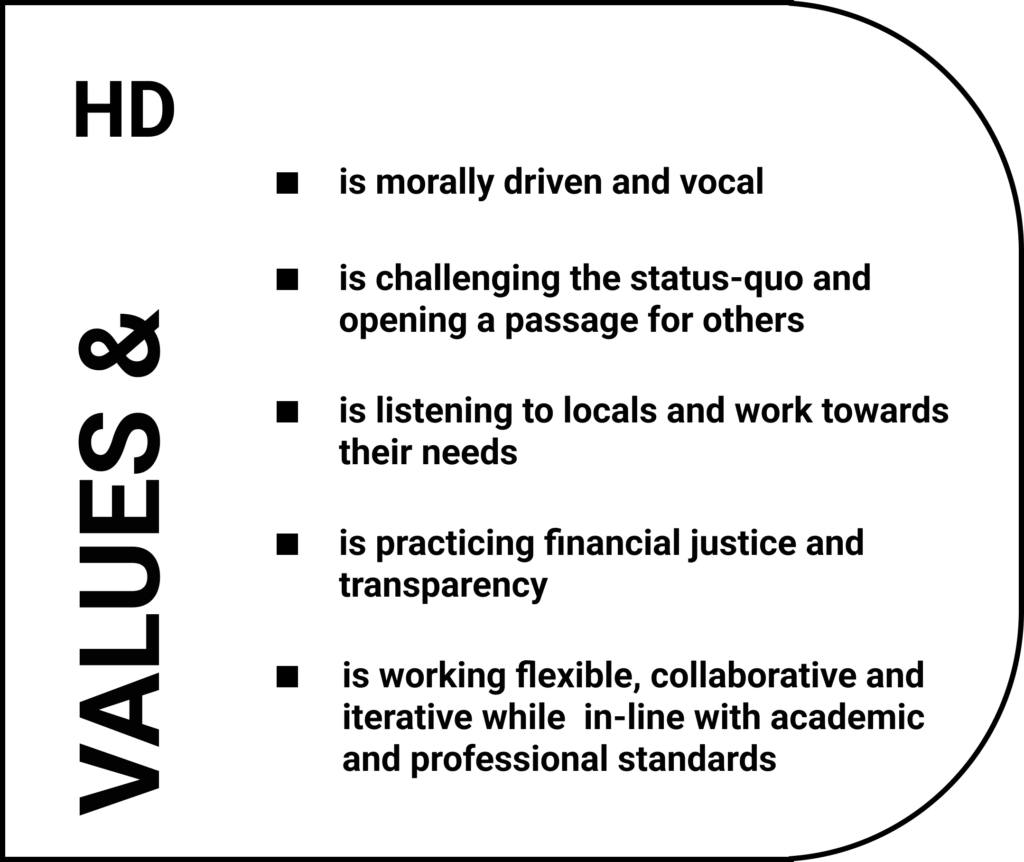
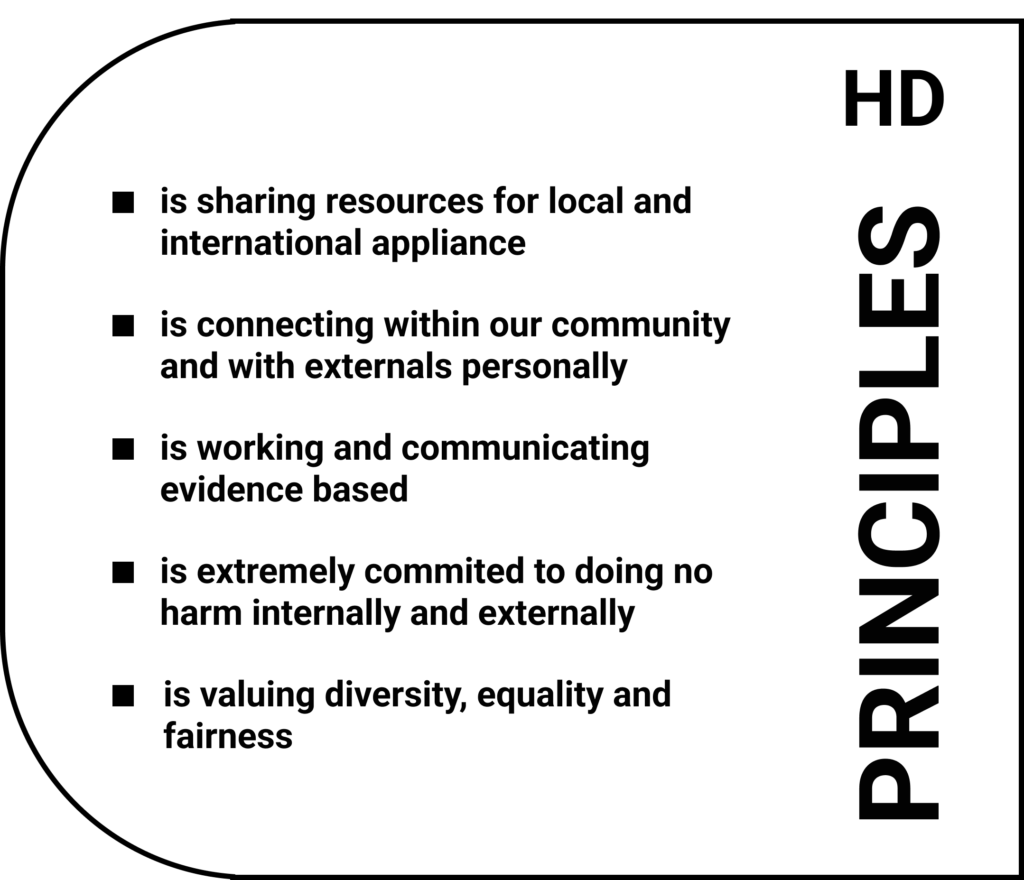
WHO WE ARE
THIS IS US
Humanitarian Designers is a non-profit organisation, registered in France (Association Loi 1901) in January 2021.
We are a small team of professional designers that volunteer on this initiative.
We work to the best of our standards and values with the limited resources that we currently have. We grow organically and are always open to new ideas and opportunities.
STRUCTURE
Our community is at the center of our efforts, benefiting from job postings, educational resources, and sessions. Emphasizing diversity, we operate with a flat hierarchy, inviting voluntary team members from our community to work on various topics facilitated by our coordinators. Strategic work is handled by the co-founders, in collaboration with external advisors, to align community desires with the next steps for Humanitarian Designers. Find out more on the community page.
US IN NUMBERS
Our collaborative community is thriving with over 500 members, 7 projects, 1,500 job postings shared, and 350+ individuals educated. We creatively address humanitarian challenges, making a meaningful impact and fostering positive change together. Our journey continues with dedication to creating a better world through our shared passion for making a difference.
What does humanitarian design mean?
our members Answer
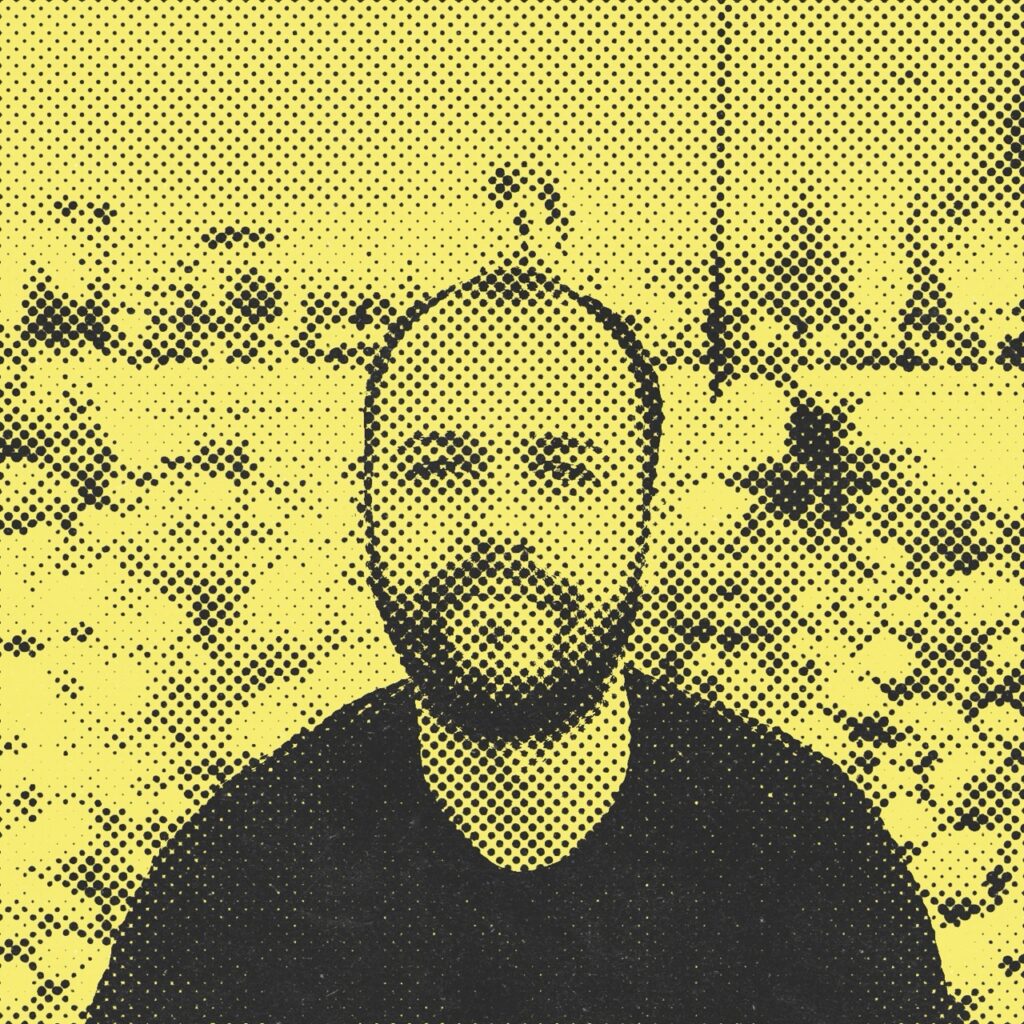
“Humanitarian design is a catalyst for transformation, igniting hope and transforming lives through conscious solutions. It empowers marginalised and vulnerable communities, bridging the gaps and unlocking new possibilities through meaningful collaborations, embracing the richness of diverse perspectives, and creating lasting impacts that ripple through generations.”
André Santos
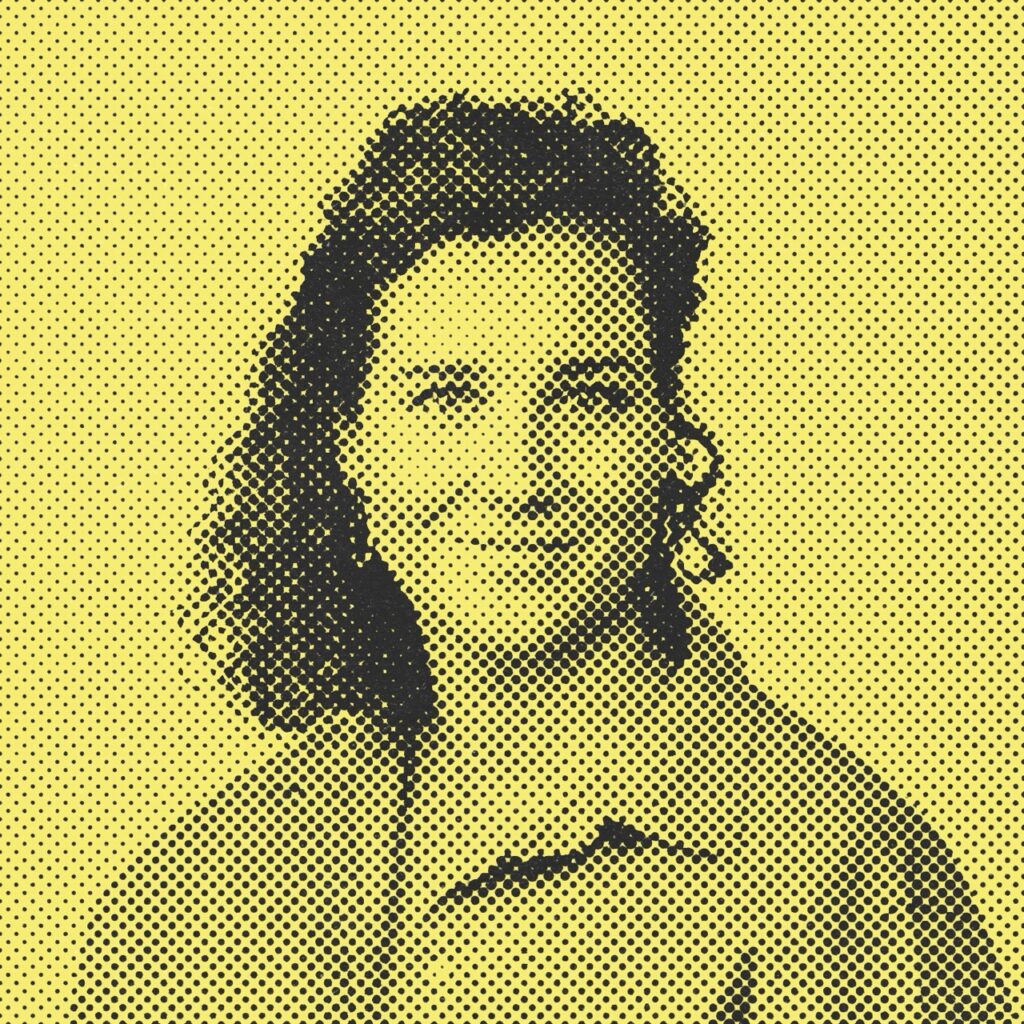
“Design that is meant to do good in any way to (a) human(s) in need.”
Charlotte Lunsingh Scheurleer
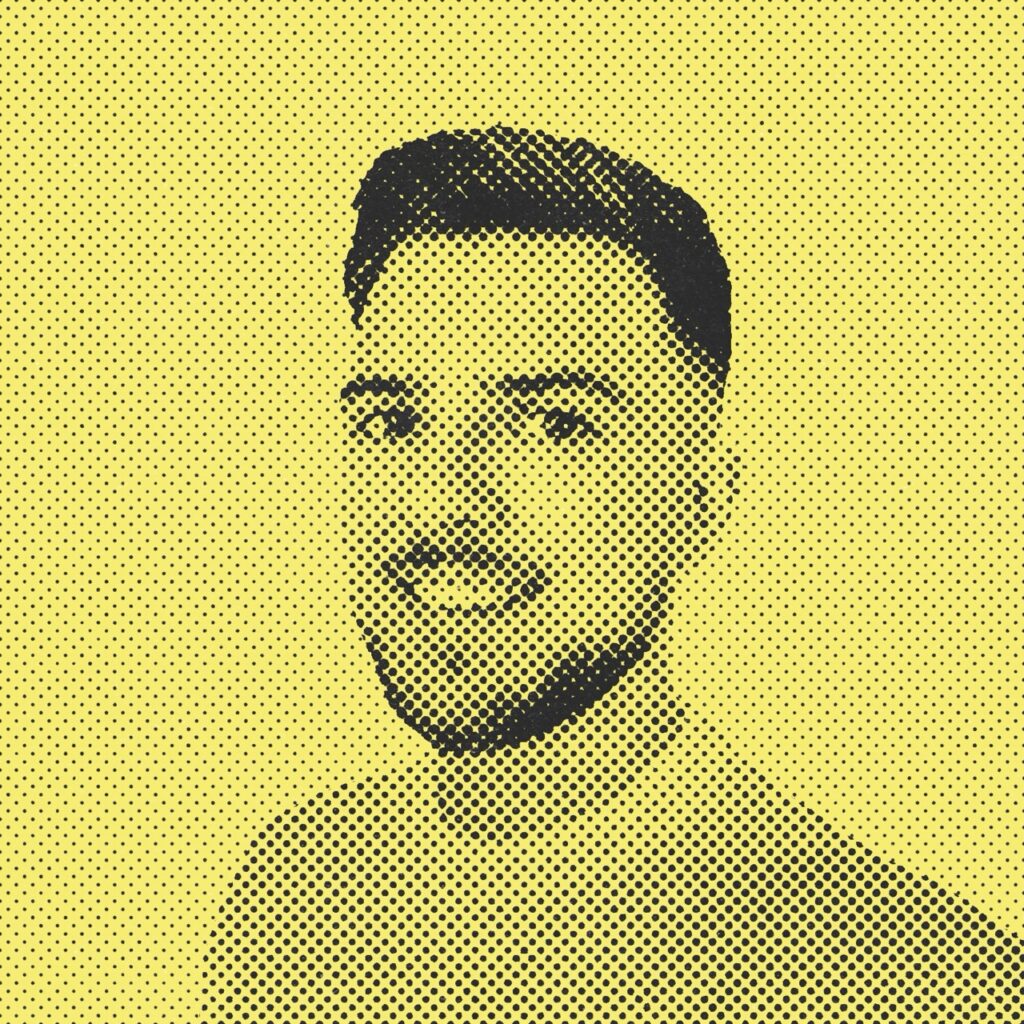
“Humanitarian design is the set of design disciplines used to improve people’s lives and reduce suffering in contexts where human rights are at risk or violated.”
Carlos Pons
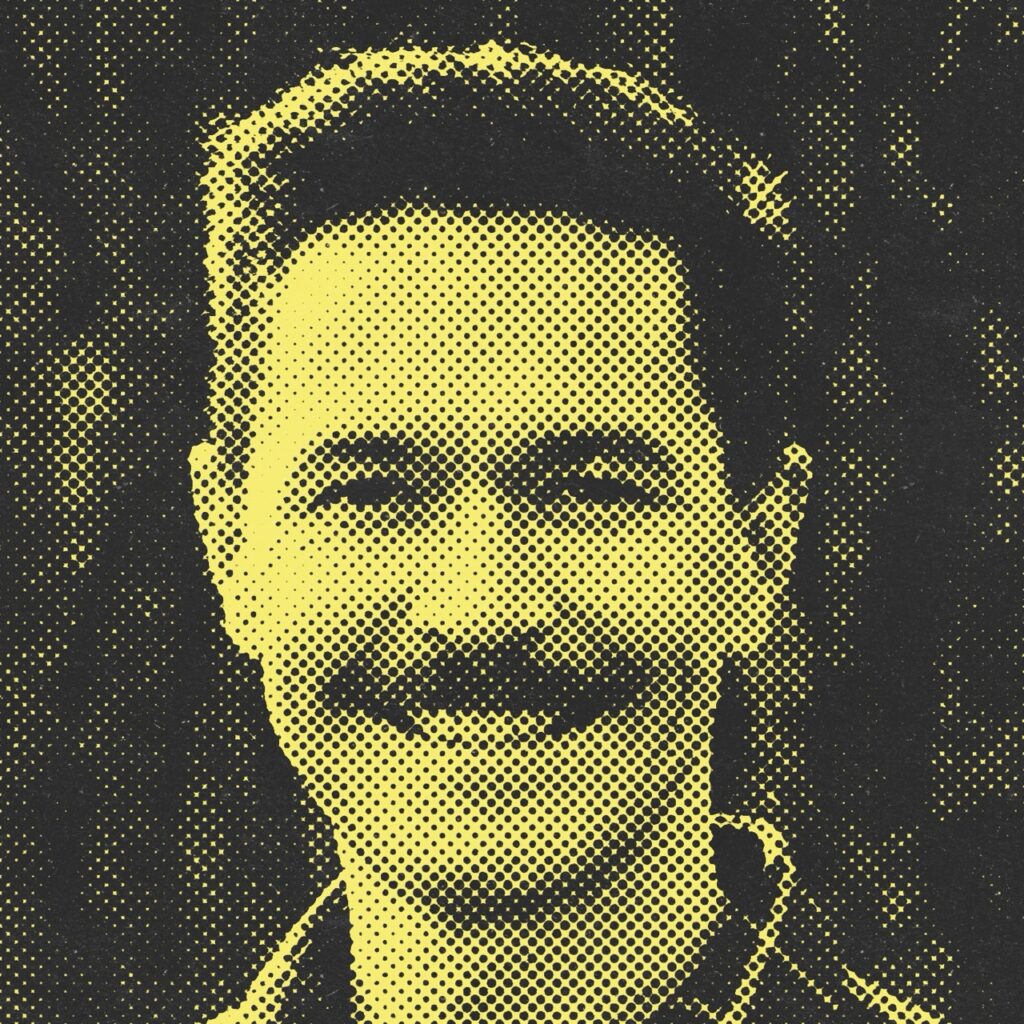
“Creating with the sole purpose of sustaining and improving lives.”
James Hinkamp
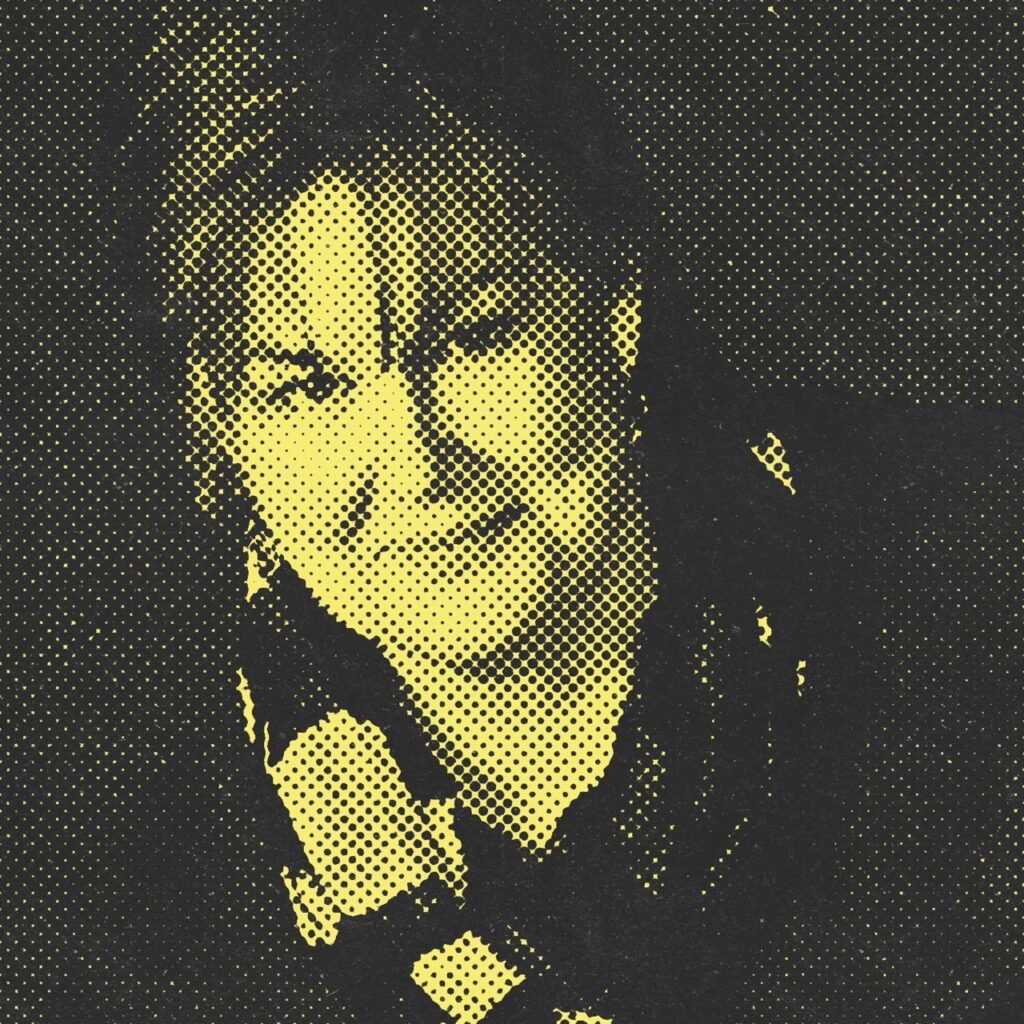
“Humanitarian design eclipses user-centered design’s effective and efficient usability, and goes beyond human-centered design’s focus on a people-centered process. It includes these important design concepts, but also requires a more holistic focus to ensure that both interactions and process pursue goals that are respectful, inclusive, and virtuous.”
Meghan O'Meara
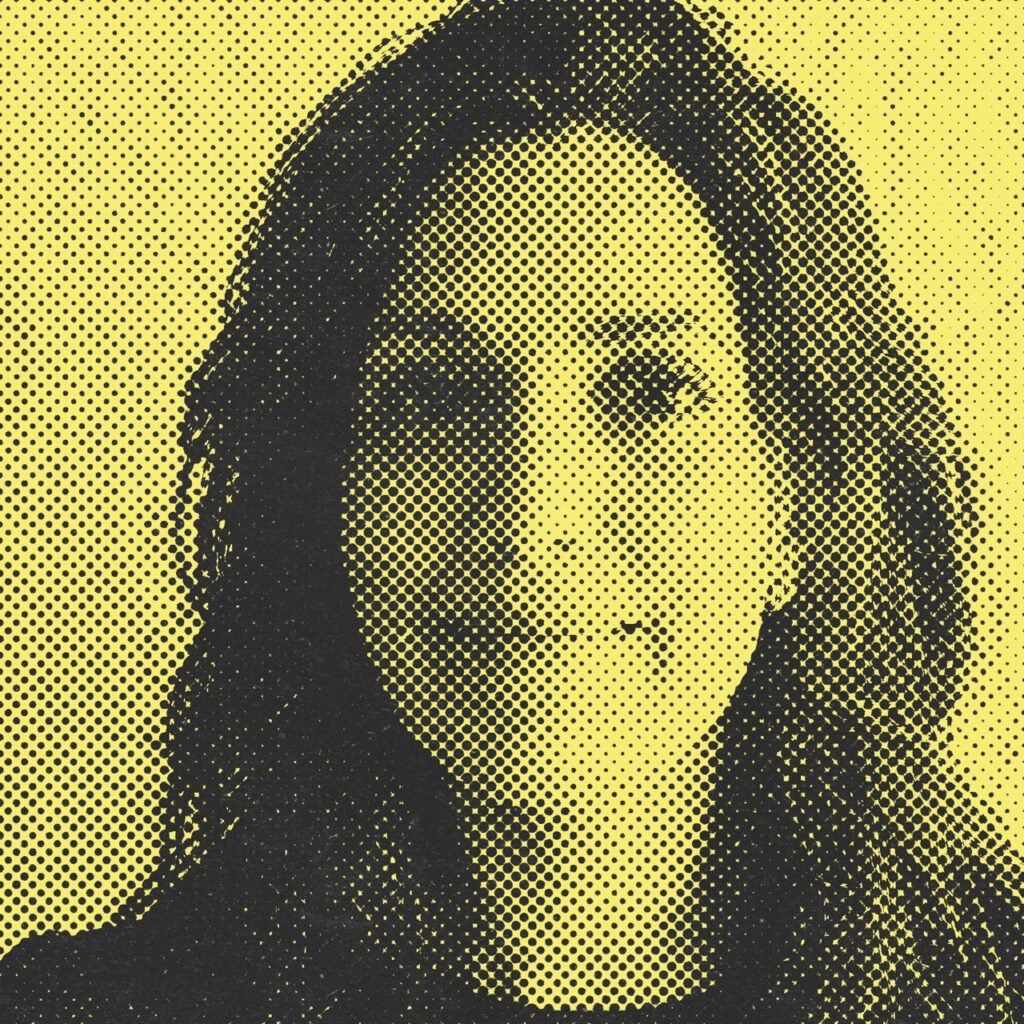
“Humanitarian design uses the design mindset, tools and methods to approach systemic, complex and wicked problems affecting nearly half of the population to provide well-tested and refined ideas designed to context.”
Melisa Lenero
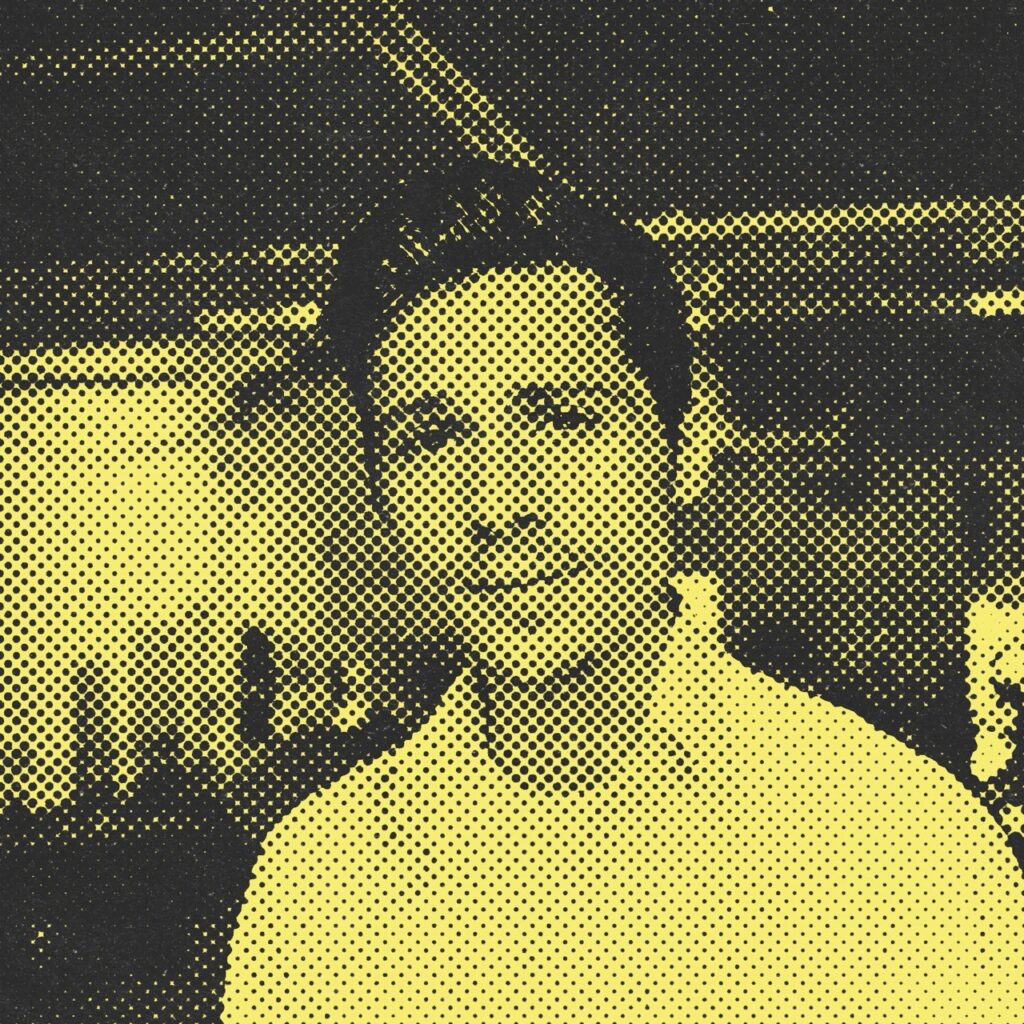
“Humanitarian design is the continuous effort to provide a life in dignity and safety to those who really need it, utilising design methods to form collaborative strategic planning and outcomes. The overarching goal here is to create lasting, humane, and innovative cultures for all the stakeholders.”
Thomas Jäger
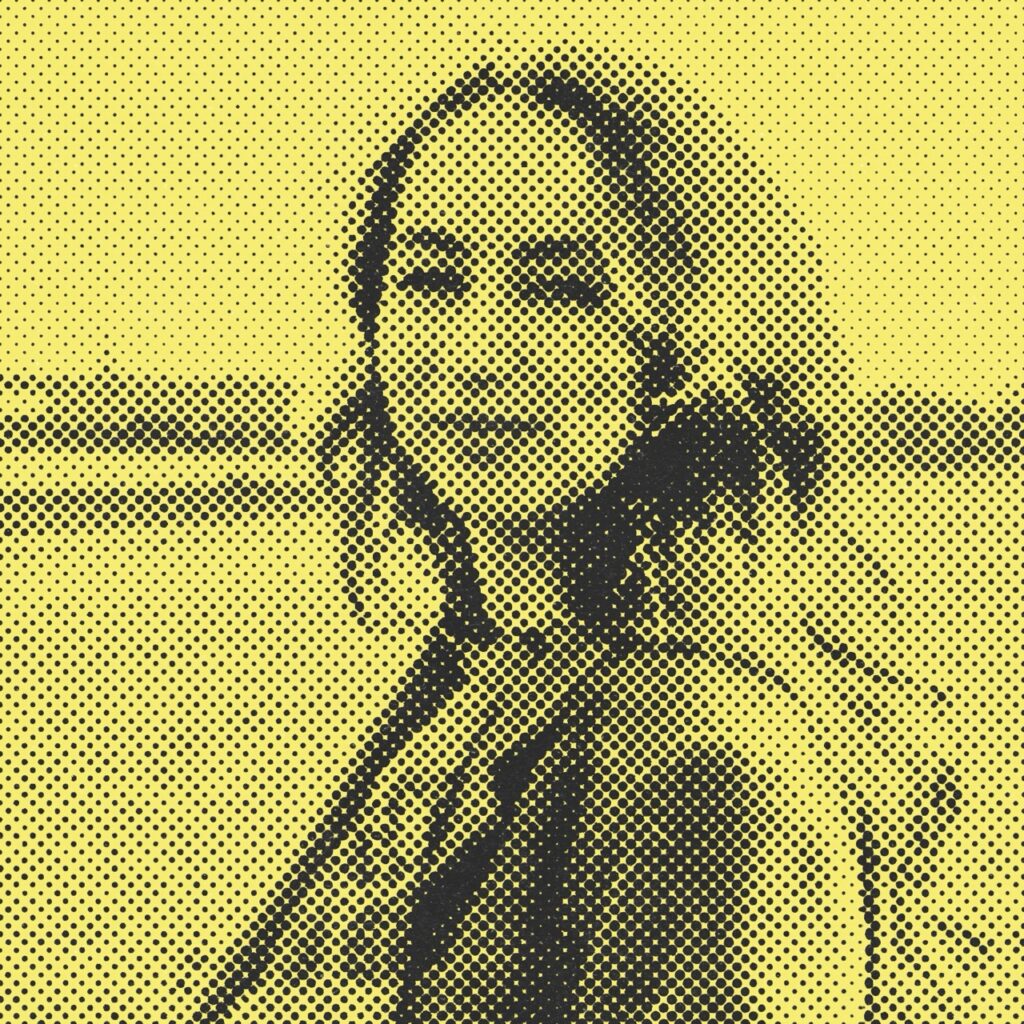
“Humanitarian design to me is creatively influencing change through active participation. It’s putting human centred ethics and principles at the centre and anything that I do revolves around this way of thinking. By being a designer working in the humanitarian sector, I strongly feel empowered and satisfied that I collectively contribute to the creation of a better future.”
Panayiota Christou
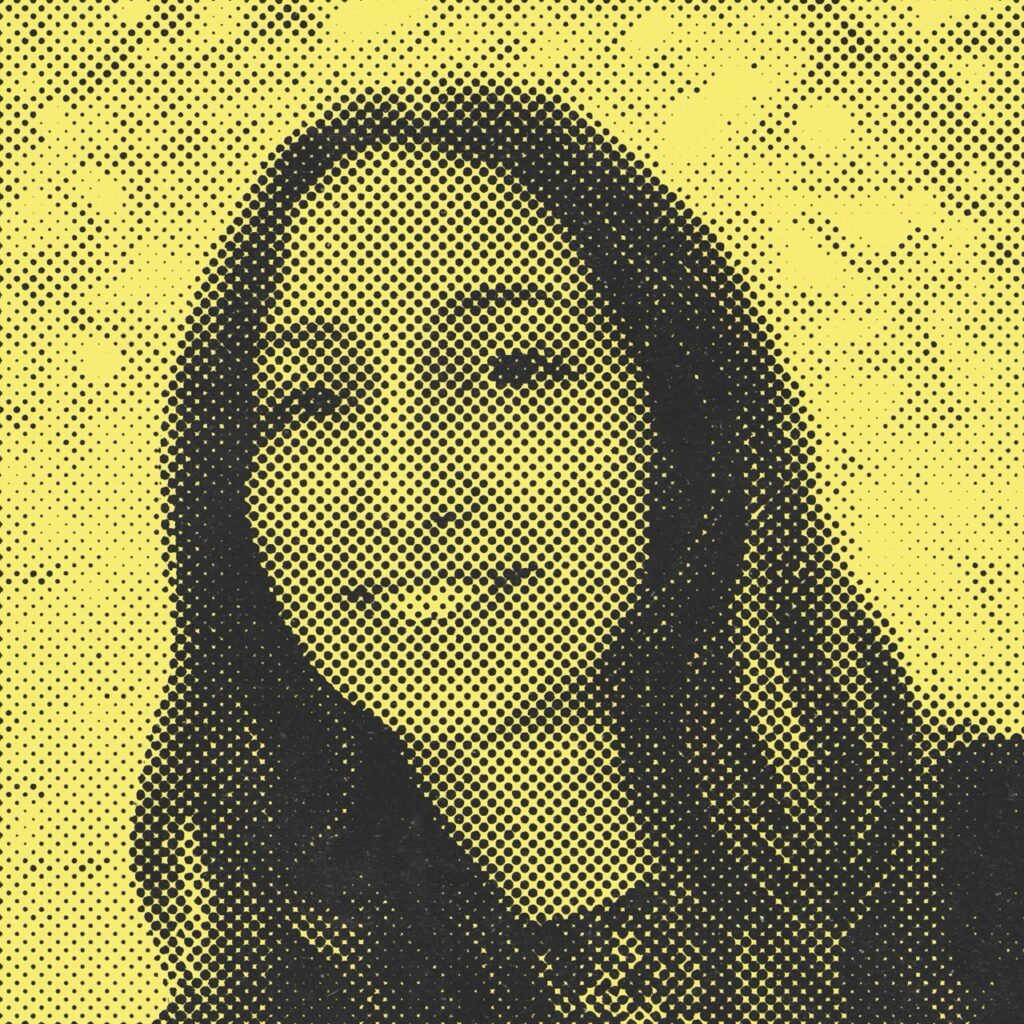
“It’s about being aware of what we can and can’t do as designers. We are often taught that design is about problem solving, but this is not necessarily the case. We are not the protagonists; we are merely tools to empower other human beings and communities in finding their solution, their path towards a long-term sustainable reality.”
Beatrice Cox
